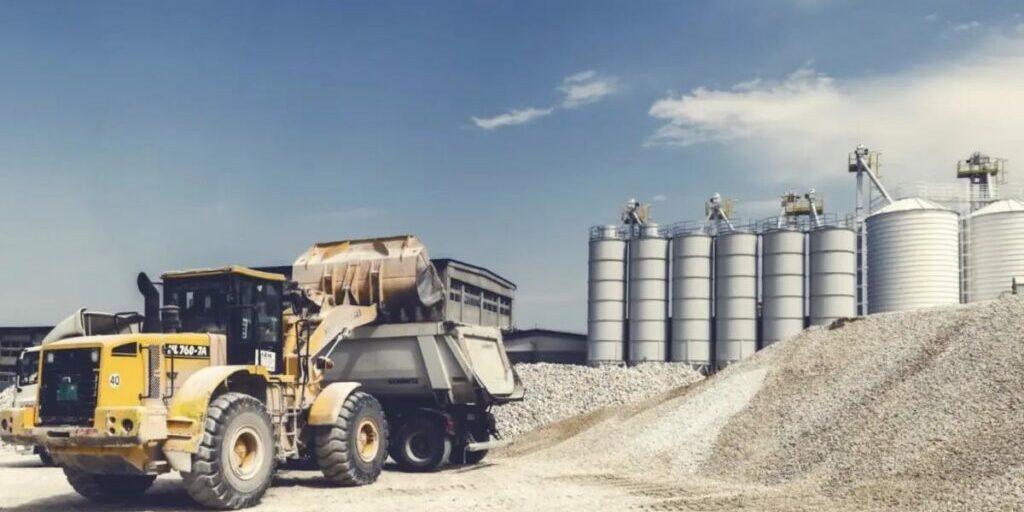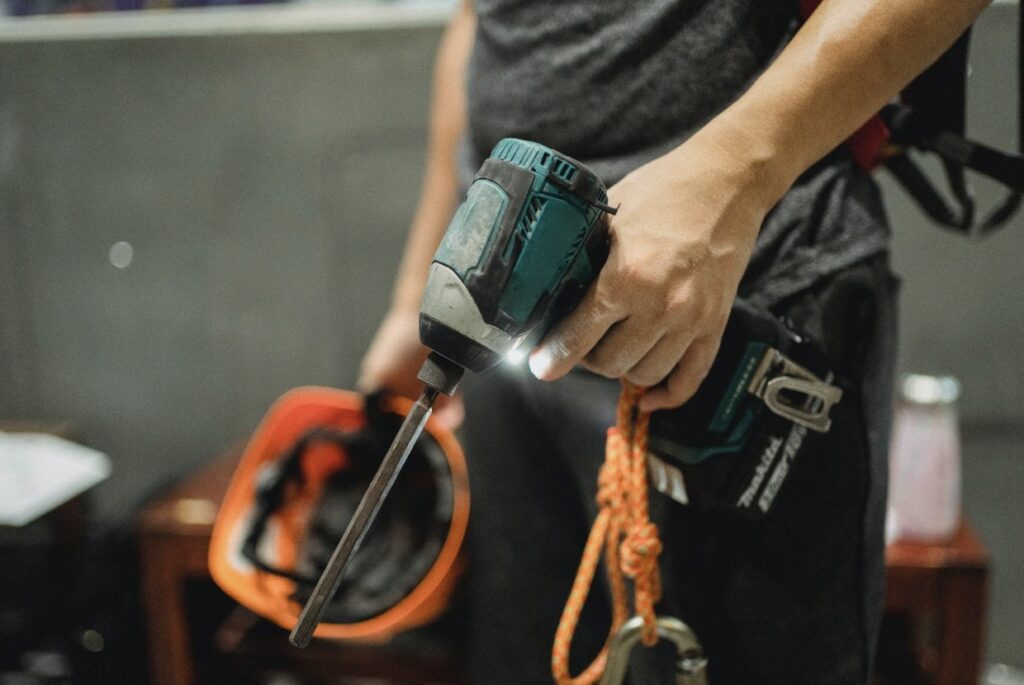Equipment tracking to reduce idle time and avoid site delays

Optimizing equipment idle time is easier with collaborative construction management – Discover how to increase jobsite productivity and enhance profitability with equipment tracking
Equipment idle time is a term often used in manufacturing and construction management. It is known to impact productivity and profitability at a project’s jobsite. Right here, we discuss the equipment idling, its causes, how to begin equipment tracking to reduce idling in a construction project.
Read ahead for,
Equipment Idle Time
Equipment idle time is the period a machine, equipment, or asset is waiting to do its task. As it is yet to complete the assigned task, the equipment is not available for use for any other job – it is essentially rendered idle in waiting. Every minute an equipment on site is idle, it accounts for loss in productivity and profitability. While no construction site can function at 100% efficiency, project managers target to minimize equipment idle time.
Difference between Idle time and downtime
Equipment idle time is when the machine can do what it’s supposed to, but for specific reasons, it’s not. Possible reasons could be a power failure, waiting for another machine to finish its job, or workflow inefficiencies.
In equipment downtime, the asset isn’t operational due to scheduled maintenance or a general failure that couldn’t be foreseen. It is considered standard equipment time since machines need periodic maintenance and upkeep. Also, while companies can avoid machine breakdowns with proper upkeep, sometimes the machinery can become inoperable.
So, the main difference is that during equipment idle time, the machine can run, but it doesn’t, and in equipment downtime, the device doesn’t run because it can’t. Project managers calculate the two machine times separately.
Causes of equipment idle time
Work Force related
All human beings function differently; some workers will always be more efficient than others. When it comes down to worker inefficiencies, sometimes they result from new employees going through the training phase. To help improve worker efficiency, tracking daily work logs and training employees is essential.
Process and workflow related
Many times, technical problems and unexpected equipment breakdowns can stop or delay operations at the site. Medium and high-priority assets must go through regular maintenance and have a contingency plan.
Beyond the listed causes, idle time can increase due to unforeseen reasons like natural disasters, power outrage and accidents on site.
Impact of excessive equipment idle time on a construction project
Extreme equipment idling can be the result of external conditions; or internal management lags. This impacts the construction labor productivity and soundness of the machinery. It can result in increased project costs and delays in project timelines. Alternatively, monitoring the idle time can optimize performance of employees and equipment.
For example, when a truck is waiting to be loaded with material, the construction company incurs unnecessary charges like extra fuel, driver, and other staff non-productive hours. On a construction site, companies can use integrated software to monitor the entry and exit times and usage hours of equipment via computerized work orders, and GPS tracking.

Ways to optimize equipment management
Machines and humans can’t function with 100% efficiency all the time. Humans get tired, and devices get worn out. In a realistic scenario, companies can’t eliminate equipment idle time from a construction site, but they can make efforts to reduce it as much as possible. Here are ways to reduce equipment idling on a construction site:
Optimize workflow at a job site
Identify and acknowledge workflow and process inefficiencies resulting in idle time and implement actions to eliminate the causes. Have multiple teams on-site and create balanced work schedules and easy operating procedures. Make sure that tools and materials are available as per schedule. Even machines should be scheduled to operate by trained workers for maximum efficiency with planned maintenance and rest time.
Regular equipment maintenance and upkeep
All the assets on the construction site should be kept in good shape. Faulty machines can reduce productivity and cause site delays. Companies should not push machines beyond their working limit to avoid damage and malfunctioning. There should be a preventive maintenance plan for all assets.
Improve equipment management
As the scale of the construction project grows, the number of administrative tasks and processes also increases. Construction companies can clearly define roles and responsibilities to reduce inefficiencies such as equipment idle time. Accessible communication channels between off-site and on-site teams can be a valuable management aid. Here, construction companies can opt to use integrated construction management software to automate tasks, speed communication, and track workflow of individual equipment.
How to reduce equipment idle time at the site?
An Equipment idle time is the period a machine, equipment, or asset spends waiting to do its task rather than performing productive work. The equipment cannot be made available for other functions as it is yet to complete the assigned task. Idle time creates a disorganized workflow that increases the project’s duration. It impacts project productivity and profitability and increases its cost. The companies must target to minimize equipment idle time, an ideal situation for a construction site.
Here are some of the steps which can reduce idle time at the construction site.
- Develop job site workflows
Equipment idle time is related chiefly to inefficient project planning. So, identify and amend the workflows and processes that result in idle time. Create balanced schedules and well-defined operating procedures. Have multiple teams on-site and ensure that trained workers operate machines. Use technology to make tools and materials available per schedule to maximize efficiency.
- Schedule equipment maintenance
Outages and faulty machines can reduce productivity and cause site delays. Companies must put their construction site assets under a preventive maintenance plan. It is the systematic process of gathering information on the asset’s maintenance needs and history to create a maintenance plan. Construction site managers should maintain their machines in good shape. They should not push machines beyond their working limit to avoid damage and malfunctioning.
- Refine equipment management system
The increasing scale of construction leads to increasing administrative tasks and processes. Construction companies can use integrated construction management software to automate tasks, speed communication, and track the workflow of individual equipment. Convenient communication channels between off-site and on-site teams can be valuable as the teams can see and evaluate allocation by themselves. With the help of software, construction companies can clearly define roles and responsibilities to use equipment to its full potential and not spend too much time idle in a warehouse. Effective equipment management ensures equipment is available where it needs to be for the required time and is in good condition.
Finding a solution to equipment idle time often has less to do with setting up the perfect system. Rather, it focuses on eliminating unnecessary habits that add up to slowing down processes. The main question you’ll want to ask yourself is what exactly is causing the idling? It’s essential first to find out why it’s happening, and then it is easier to figure out ways to reduce it. While reducing idle time may not be as straightforward as we would like, knowing its effects on your bottom line makes it well worth pursuing.




